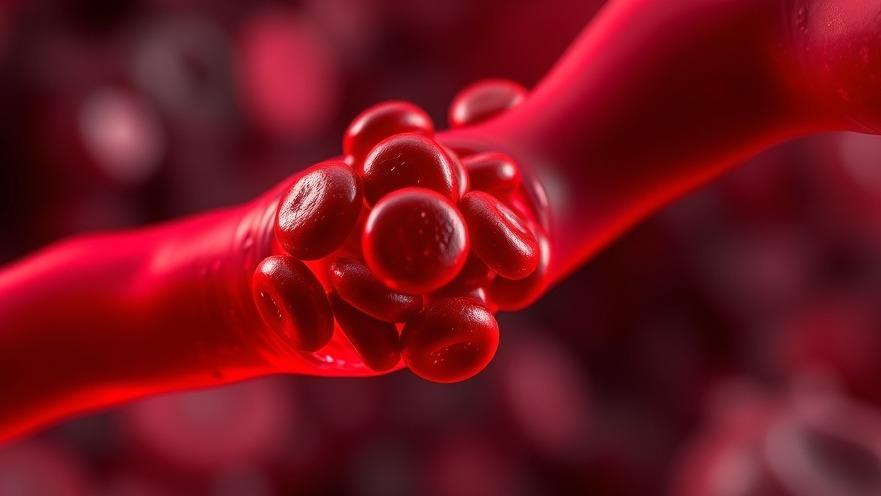
Revolutionizing Blood Clot Treatment with Cutting-Edge Research
New research emerging from Emory University has the potential to significantly change how critical conditions like stroke and heart attacks are treated. As we delve into this groundbreaking work, it becomes evident that understanding blood clots or thrombi is pivotal for improving patient outcomes in these life-threatening scenarios. The future of blood clot treatment is not just a matter of better medications, but also about how we study and observe these clots in real time.
The Innovative Thromboinflammation-on-a-Chip Model
The essence of this research lies in the development of a unique thromboinflammation-on-a-chip model. Unlike traditional laboratory models that struggle to sustain clots for extended periods, this innovative technology can maintain blood clots for several months. This allows for a realistic observation of how clots behave and resolve in human blood environments. Such longevity is crucial because it reflects what patients experience during their recovery process after a stroke or heart attack. Wilbur Lam, a leading researcher on the project, emphasizes that this model represents a significant breakthrough in our ability to visualize and understand clot resolution. The study captures a natural, prolonged interaction between therapeutic agents and thrombi, paving the way for better-targeted treatments.
Real-Time Data for Better Decision-Making
In clinical settings, visibility into how blood clots form and dissolve can make or break treatment efficacy. The accuracy of this novel chip model provides clinicians with valuable insights that were previously unavailable. "It’s hard to study thrombi in clinical settings due to the low spatial resolution of existing tools," explained Yongzhi Qiu, another key contributor to the research. This elevated spatial resolution allows healthcare providers to make more informed decisions about treatment combinations and timing, truly revolutionizing patient care.
Why Concierge Practices Should Take Notice
For owners of concierge medical practices focused on wellness, understanding these developments can enhance your offerings significantly. Staying informed about cutting-edge treatments fosters trust with your patients. It demonstrates your commitment to providing the highest quality care, and position your practice as a leader in holistic approaches to health.
Future Predictions: How This Research Could Shape Patient Outcomes
As we look ahead, the integration of technologies like the thromboinflammation-on-a-chip model could set new standards in patient care. By leveraging such models, healthcare providers may decrease treatment times and improve recovery rates for patients suffering from conditions exacerbated by blood clotting disorders. Offering innovative and scientifically backed treatment options not only aligns with the wellness ideology but can boost your practice's reputation, ultimately attracting more patients seeking top-notch medical care.
Staying ahead in the field of healthcare means taking proactive steps to incorporate emerging research into practice. Your role as a trusted health advisor becomes even more crucial in guiding patients through their wellness journeys.
Utilizing new ways to understand blood clot dynamics—and by extension, patient health—will only enhance service offerings in concierge practices. Be prepared to incorporate insights gathered from this groundbreaking research, and elevate the dialogue on health care with your patients.
 Add Row
Add Row  Add
Add 




Write A Comment